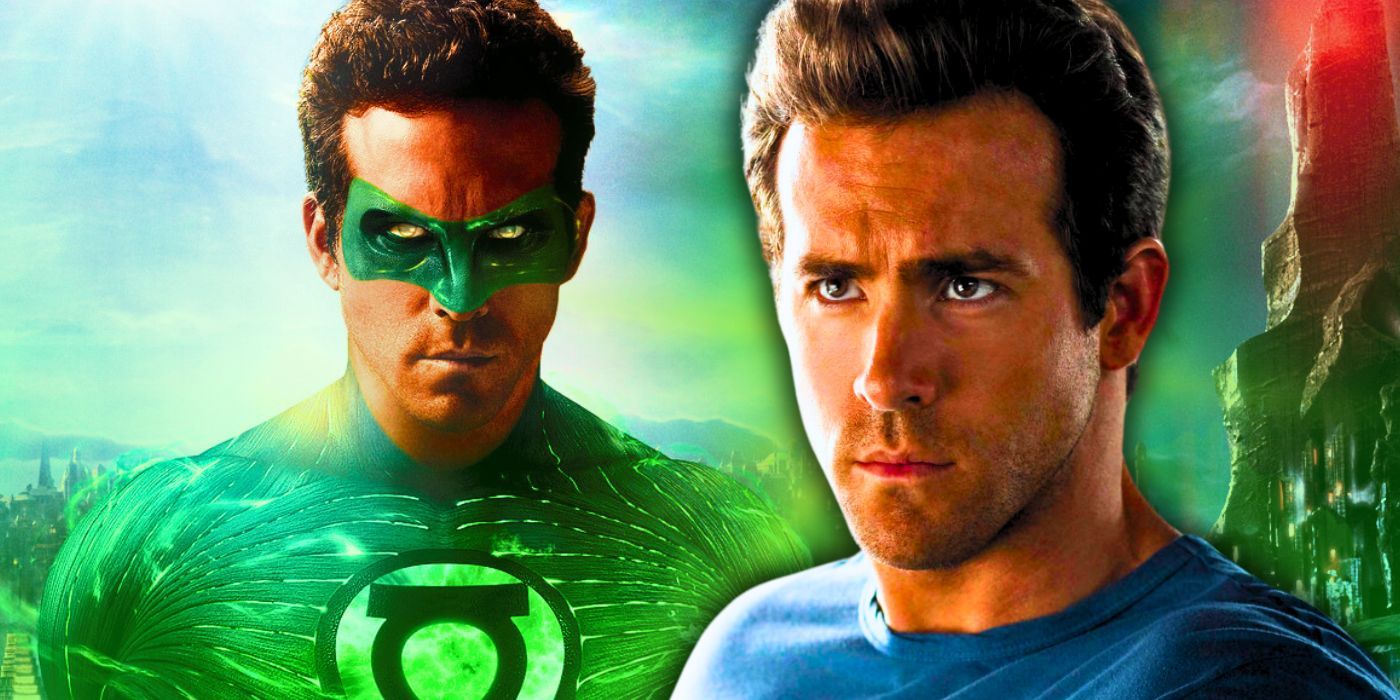[[{“value”:”
Few have an interesting point-of-view on the 2011 Green Lantern movie like one DC writer does. The Emerald Knight’s first, and so far only, cinematic outing generated a lot of controversy. Now one comic creator reflects on the film years later and discusses what its reception means to their own writing.
Jeremy Adams and Morgan Hampton, writers of the new Green Lantern Corps series, spoke with Comic Book Club to talk about their new series. During the conversation, the duo discusses how their work was influenced by the animated series Justice League Unlimited. Adams also recalls seeing the Green Lantern movie and noted the anger among the audience that Green Lantern appeared to be whitewashed.
Jeremy Adams: We’re huge fans, obviously. And the animated world informs the [comic books], especially with the JLU. I remember at the time the Ryan Reynolds Green Lantern movie was coming out, people being very upset. They’re like, how dare they whitewash Green Lantern? And I was fascinated. I was like, oh my gosh, that’s the impact of John Stewart in the animated form. Those threads are important. Something about the chemistry of those two characters, that’s important. Morgan is a big fan, too. We’re like, this is great because we can pull at that and let somebody else do the homework for us, aka JLU.
Adams points out that he was fascinated by Justice League Unlimited, which prominently featured the John Stewart iteration of the hero, and how it had such a cultural impact on the way Green Lantern was seen.
Jeremy Adams Recalls the Anger at Green Lantern’s First Big Movie
2011’s Green Lantern Showcased Just How Loved John Stewart Is
As Adams pointed out, the DCAU series Justice League and its follow-up series Justice League Unlimited both featured John Stewart as its Green Lantern rather than Hal Jordan to diversify the team’s lineup. The series was incredibly popular and though it ended in 2006, it left a lasting impression on an entire generation. So much so that five years later, when Warner Bros. Pictures made its Green Lantern movie, many fans who were unfamiliar with the legacy aspect of the character were confused about why Hal Jordan was the featured Green Lantern of the film instead of John.
To be clear, the Green Lantern movie didn’t whitewash the character. It simply featured Hal Jordan, who canonically became a Green Lantern before John Stewart. But as Adams notes, there was an entire generation of fans whose knowledge of Green Lantern was based off the incredibly popular cartoon series rather than the comics. Adams makes a point that the way characters are interpreted doesn’t end with comics in an age of adaptations. Cartoons, television shows, and movies all inform audiences in some way and Adams is paying close attention to see where fan interest lies among these adaptations.
Adams Wants to Incorporate the Things That Are Popular Beyond the Comics
John Stewart’s Popularity Outside of Comics is Just as Important as Any Canon Story
Those familiar with Jeremy Adams know that he previously worked on Green Lantern: The Animated series and has even incorporated popular elements from that cartoon into his work (such as making the character Razer canon). And to be fair, he’s got a point. John was the Green Lantern for kids everywhere in the early 2000s and their confusion and anger at the 2011 film just shows how important he is to people, even those who don’t read comics.
Of course, Adams isn’t saying that comics should bend over backwards to suit people who don’t read comics. But there is something to be said by keeping an eye on what people like and appreciate in adaptations. If there’s one thing that everyone can take away from both Justice League Unlimited and the 2011 Green Lantern film, it’s that there’s a huge fanbase for John Stewart that writers like Adams should make sure to capitalize on.
Source: Comic Book Club
“}]] One writer reflects on Green Lantern’s last film. Read More

